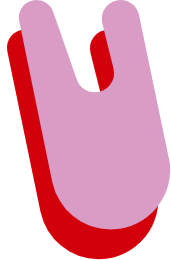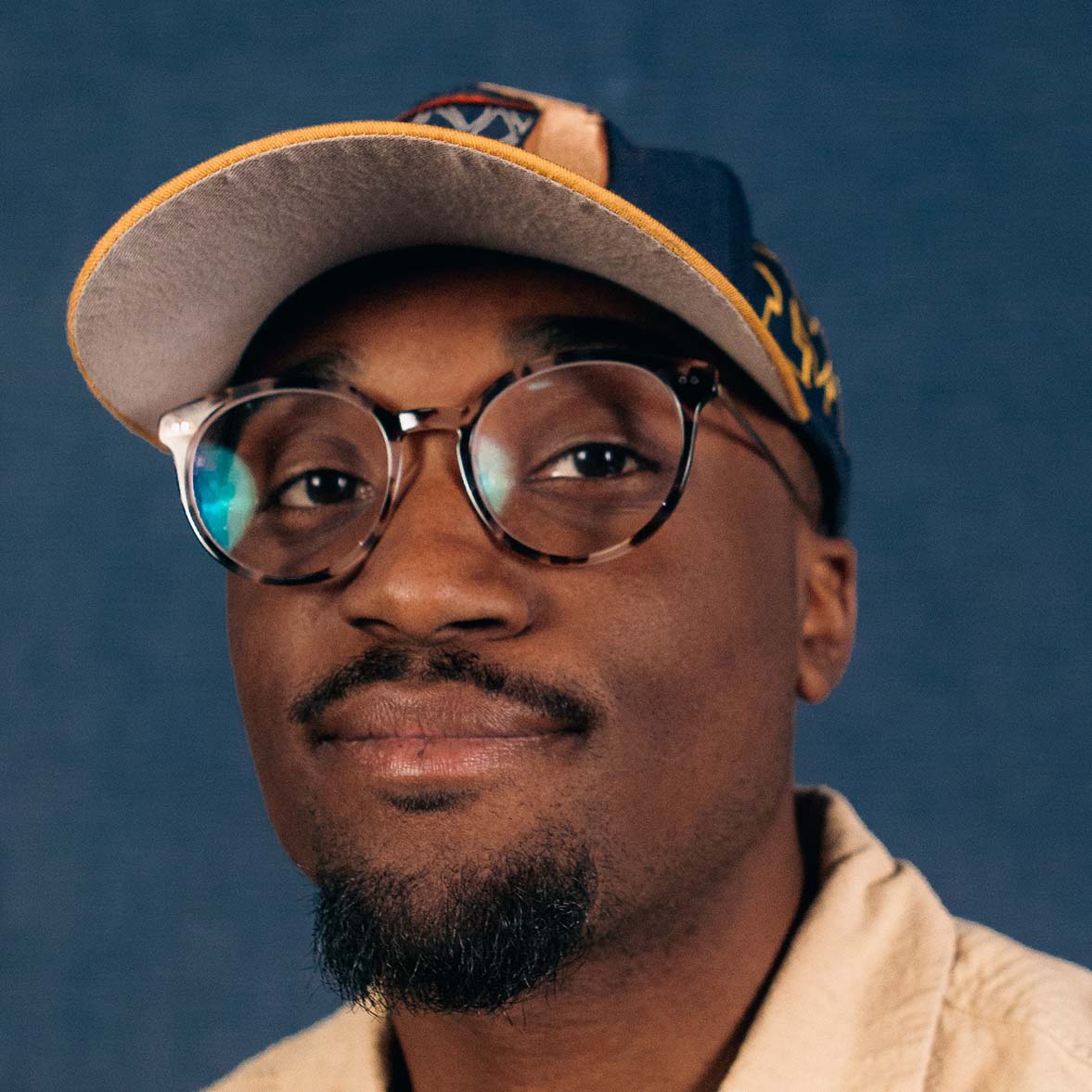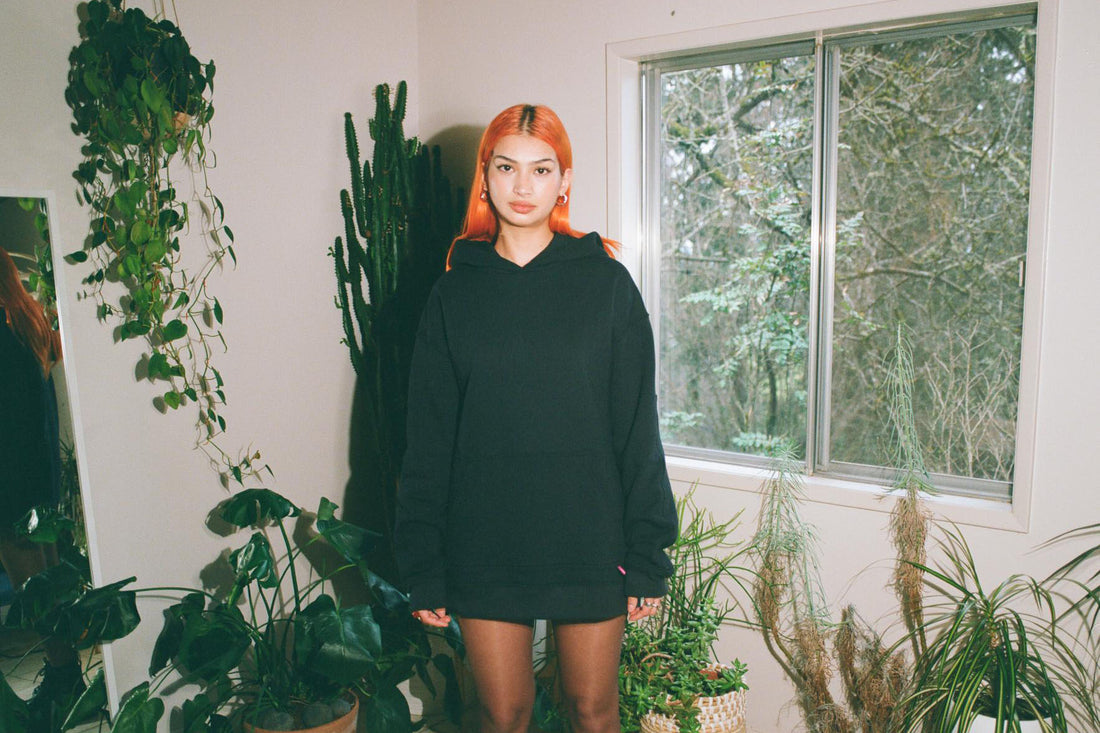What is the best heavy-weight hoodie on the market? Our Heavy Weight Hoodie, Obviously
We know how it feels when the cold leaves make their way through the cracks of the window seal, and we shiver to warm up. The days are getting shorter, and the nights are getting colder. It's only a matter of time before that coldness seeps indoors, and we're left to fend for ourselves. That's where the heavy-weight hoodie comes in.
How to Style Your Heavyweight Hoodie
A heavy-weight hoodie is a great piece of clothing to have in your closet. They are perfect for those cold winter days or nights when you just want to be cozy. They are also great for layering under a jacket or over a shirt. I always feel so comfortable and warm when I wear my heavy-weight hoodie.
What do we love about our favorite hoodie? Is it the way it fits us after all these years; or does it still smell like your favorite person? At UNLESS, we think our biodegradable heavyweight hoodies will become your new favorite to wear not just anywhere, but everywhere!
Brief History of the Hoodie
Hoodies were made popular in the 1930’s by Champion for warehouse workers and athletes. Now, hoodies are a staple in almost all our wardrobes. Although there are hundreds of different variations of hoodies, cotton is the go-to material for most. Typically they weigh between 6.5oz - 10oz. The ‘weight’ of cotton indicates how that cotton is going to be used. When something is made with quality, you can tell. Ours are made with 12.5 oz of plush cotton fleece from North Carolina.
Originally designed to keep New York warehouse workers and professional athletes on the sidelines warm, the hoodie has been essential to sport and style for the last century. Drawing inspiration from the vibes of the Pacific Northwest, UNLESS zero-plastic streetwear essentials, are created from the elements, designed to be worn in the elements, and able to be returned harmlessly to the elements.
How it's made

Next in the process is cutting the cotton fabric and putting the pieces together. For us, that means we are off to LA where our hoodies are made. We designed our hoodie to have a relaxed fit and reinforcement at the elbows to stay true to the workwear roots. Originally, hoodies were also made with the intent to protect you from the elements. We know how unpredictable the weather can be, so we followed suit and built ours for exactly that, to last in the PNW. The heavyweight hoodie is then bolstered at the seams, hems, and cuffs with 100% cotton threads. Even though we make clothes that are ‘made to die’ we build them to last.
During construction, we also pad print the size tag and add our embroidered 🤘🏽tag. Pad printing is a stamp-like process where we use a water-based ink and stamp the inside collar with what size of the hoodie. The final stage of construction is to add a branded tag at the hem. Traditionally, embroidery is done using threads wound with either rayon or polyester. In sourcing our embroidery partners, some vendors did not want to work with us because our 100% cotton embroidery threads would break while running them through their machines.
Commercial embroiderers started to use threads with rayon or poly because it is quicker and the plastic additives reduce fraying. We are committed to our mission and ensure that the entirety of your garment, down to the threads and tags are 100% plant-based. Finally, to finish the hoodie, it is off to our dye house.
There are a few different ways to get color into your garments. Some people use something called ‘yarn dyeing’. This means that once the cotton is spun into yarn it’s then dyed to achieve the requested color. We use a process called garment dyeing, which means the garment is fully constructed, then dyed rather than using fabrics that are dyed prior to being made into clothes. You may ask why we do not use plant-based dyes. Of course, we tried this but it does not hold well with our fabrics. The solution we use ensures even dyeing and vibrant colors. Our heavyweight hoodie is now finished; it looks as good as it feels and feels as good as it works.
test



